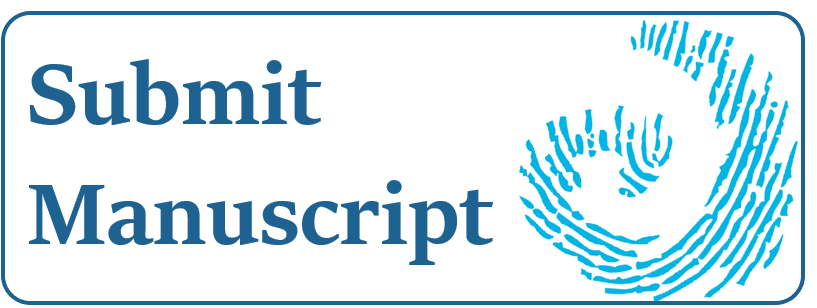Taming digital records with the Warrior Princess: developing a Xena preservation interface for TRIM
Abstract
The preservation of digital records is a challenging task that has been the subject of much debate in the archives and records management community. Following the implementation of an electronic recordkeeping system at the City of Perth, the local government authority of the capital city of the State of Western Australia, a strategy was developed and implemented to ensure that sound processes were established to facilitate the long-term preservation of its digital records. Five major risk areas that affect the preservation of the City's digital records were identified: (1) data format obsolescence; (2) digital conversion errors; (3) loss of original document functionality; (4) storage media obsolescence; and, (5) storage media degradation. To address these risks, the City adopted six digital preservation principles to guide the development of its digital preservation strategy. The City's digital preservation strategy incorporated the following key elements:
• using retention and disposal schedules to automatically identify records for digital preservation;
• extracting descriptive metadata and electronic records in proprietary data formats from the organisation's electronic recordkeeping system;
• normalising digital records using a long-term XML-based preservation data format;
• structuring recordkeeping metadata according to a national standard; • encapsulating metadata into normalised records;
• human quality assurance processes; and,
• storing digitally preserved records online, in the City's electronic recordkeeping system.
This strategy was implemented through the development of a software interface between the Xena digital preservation tool (produced by the National Archives of Australia) and the TRIM document and records management syste?n (produced by Tower Software). This paper examines the development of the City's digital records preservation strategy and its implementation through a systems integration approach.
From 2022 (Volume 50) authors contributing to Archives & Manuscripts agree to publish their work under the terms of the Creative Commons Attribution-NonCommercial-NoDerivatives License), which permits non-commercial re-use, distribution, and reproduction in any medium, provided the original work is properly cited, and is not altered, transformed, or built upon in any way. Authors retain copyright of their work, with first publication rights granted to A&M.




